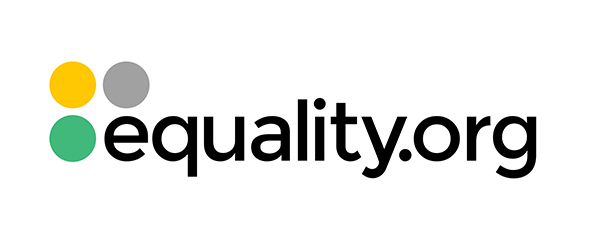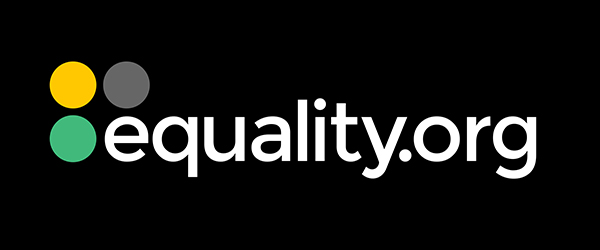The Inequity of Student Loans
As a high school English teacher and former college advisor, I see the value in higher education. A college degree is arguably one of the most secure means of socioeconomic mobility because it opens the door to jobs in more specialized fields than a high school diploma.
As a high school English teacher and former college advisor, I see the value in higher education. A college degree is arguably one of the most secure means of socioeconomic mobility because it opens the door to jobs in more specialized fields than a high school diploma.
Thus, I do not just emphasize the importance of accessing higher education for marginalized communities, but also the importance of finishing one’s degree once in a university.

With that begin said, one of the greatest inequities of the education system is the enormous burden of student loans placed on college graduates and how it affects students’ lives. Simply put, student loan debt is suffocating an entire generation of leaders, visionaries and innovators just as they enter into the working world.
While I am an advocate of pursuing higher education, I am worried about the reality my students will face post-graduation as they enter into adulthood.
The financial risk is even greater for my students who come from low-income families because they don’t parent’s income to offset student loan payments. Therefore, the inequity is not just limited who has access to higher education, but who can afford to take on a stifling amount of debt in the process of completing their studies.
The Problem with Student Loans
CNBC reports the total student loan debt is $1.47 trillion at the end of 2018, which equates to 70 percent of college graduates owing an average of $37,172 in student loans.
In addition, students can’t simply default from student loan. The financial mechanisms regulating student loans are designed to slowly drown the borrower with income-based repayment plans that drive up interest and the lack of efficient loan forgiveness programs.
On a societal level, the effect of the student’s financial burden ripples across economy as well. Shackled with debt, millennials are delaying buying homes almost a decade longer then their Baby Boomer parents. They also postpone marriage and have children later then previous generation.
As an educator and a college graduate, I am very familiar with the grim reality these figures play on my students’ futures. I am even more worried about my students who need a college degree to get that job that will help overcome the socioeconomic gap for them and their families because the sheer cost of accessing a university education may prove unattainable.
College is Still Worth the Cost
However, a college education is still worth the cost of a college degree. College graduates earning an average of $17,500 greater than their high school diploma bearing peers annually. Over one’s lifetime, a college graduate will most likely make an average of $900,000 more than a person who didn’t graduate college. This number doubles with advanced degrees.
The core of this income difference is centered on being able to do specialized jobs. With the increasingly technology-driven and globalizing world, high-income careers require specific and rigorous training. This is big difference compared to previous generations where job seekers only needed a high school diploma to make livable wage.
In addition, a college degree is linked to a whole slew of benefits, including better physical health and fewer symptoms of depression.
From a financial standpoint, a college education is a means of socioeconomic mobility, and for many students, this is a ticket for them and their families out of their financial struggles. Thus, the inaccessibility of higher education due to affordability coupled with the poorly-designed payback methods hinders underrepresented communities access and progression through this pivotal experience.

“A college education is a means of socioeconomic mobility, and for many students, this is a ticket for them and their families out of their financial struggles”
Tomas Nieto
Working Around This Inequity
I always talk to my students about why I advocate for a college degree. But I advise my high school students to be careful when choosing to go to college.
In my opinion, there are only two things that matter when pursuing higher education:
- Most importantly, you must finish your program.
- Graduate with the least amount of debt.
At the end of the day, a college degree is a college degree. At the core, college students are paying for curriculum and instruction. In the peripheral, college students are paying for an experience, prestige and access to networks. Although important, the latter of these two silos is where I caution students because it gets expensive very quickly. Therefore, I suggest viewing college as more of stepping stone into the professional world rather than a status symbol.
Researchers have found that many of the top CEOs did not come from Ivy League or even extremely prestigious private schools. I would even extend this argument to say an education from “top-tier” private university is similar to one would experience at a public school—minus the extravagance and ambiance—at a fraction of the cost. Essentially, students can reach academic and professional success from any school.
I also champion going to community colleges. Junior colleges are a great way of accessing higher education without the inflated price tag of a university. Transferring from one then graduating from San Diego State University is still the same as doing all four years at SDSU. With that begin said, many students will probably take out student loans even when choosing the most frugal approaches to higher education and dodging the traditional luxuries of “the college experience”. But the question quickly becomes: how much debt could a student afford to occur for their studies? In answering that question, the true problem shines: the financial cost of attending a university limits the economic potential of this generation and impedes on the socioeconomic growth of low-income communities.



